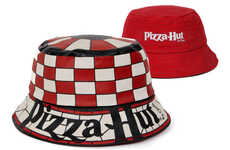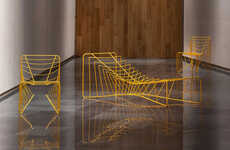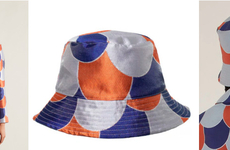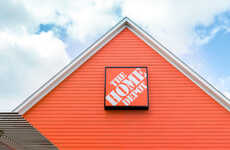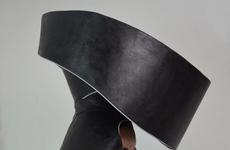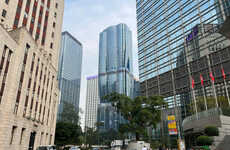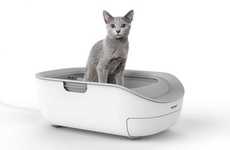
Zaha Hadid Architects' H-Line Hat Celebrates the Park's Stewards
References: thehighline.org
New York City's High Line changed the international conception of what could constitute a public park in a modern city, and Zaha Hadid Architects (ZHA) has designed a new product, the H-Line hat, to celebrate the intrepid NYC denizens who helped turn the park into a reality. The H-Line hat is a creative and sculptural accessory that mimics the design of ZHA's 520 West 28th, a building that abuts the popular elevated park.
The H-Line hat was created for the Friends of the High Line, a grassroots community group founded in 1999 with the goal of preserving and transforming the abandoned railway running through Chelsea. Today, the High Line receives over 7 million visitors a year, making it one of the most popular attractions in the world, and the Friends of the High Line oversee its maintenance, operations, public programming, and fundraising efforts.
Image Credit: Luke Hayes
The H-Line hat was created for the Friends of the High Line, a grassroots community group founded in 1999 with the goal of preserving and transforming the abandoned railway running through Chelsea. Today, the High Line receives over 7 million visitors a year, making it one of the most popular attractions in the world, and the Friends of the High Line oversee its maintenance, operations, public programming, and fundraising efforts.
Image Credit: Luke Hayes
Trend Themes
1. Creative Accessory Design - The H-Line hat showcases the disruptive innovation opportunities in creating unique and sculptural accessories.
2. Grassroots Community Engagement - The success of Friends of the High Line highlights the potential for disruptive innovation through community-led initiatives in urban development.
3. Transformation of Public Spaces - The High Line's impact on the international conception of public parks presents opportunities for disruptive innovation in designing and revitalizing urban spaces.
Industry Implications
1. Fashion - The H-Line hat demonstrates disruptive innovation potential in the fashion industry by merging architectural design with wearable accessories.
2. Urban Development - The success of the High Line project offers disruptive innovation opportunities in the urban development industry, particularly in repurposing abandoned spaces.
3. Non-profit Organizations - Friends of the High Line exemplifies the potential for disruptive innovation in the non-profit sector through community-led initiatives and park management strategies.
4.6
Score
Popularity
Activity
Freshness

